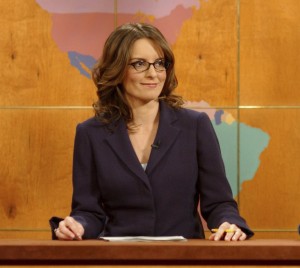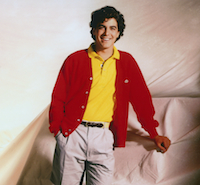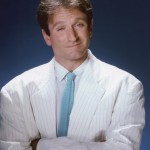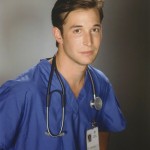 While Tina Fey may be one of the youngest performers featured on “Pioneers of Television,” her twenty-five year career lists some of the most celebrated programs in American TV history. The actress and writer began her career as a member of Chicago’s famed Second City comedy group, joining the ranks of such esteemed comedians as Joan Rivers, John Belushi, Gilda Radner, Bill Murray, Julia Louis-Dreyfus, Steve Carell and Dan Aykroyd.
While Tina Fey may be one of the youngest performers featured on “Pioneers of Television,” her twenty-five year career lists some of the most celebrated programs in American TV history. The actress and writer began her career as a member of Chicago’s famed Second City comedy group, joining the ranks of such esteemed comedians as Joan Rivers, John Belushi, Gilda Radner, Bill Murray, Julia Louis-Dreyfus, Steve Carell and Dan Aykroyd.
After a successful tenure at Second City, Fey followed in the footsteps of the great Second City players before her and moved to New York City to write for Lorne Michael’s sketch comedy show, “Saturday Night Live.” Her success at “SNL” was monumental, and she was soon emerging from the writers room to perform in her sketches. Fey delighted audiences with her wittily scripted quips on “Weekend Update” and her unforgettable impression of 2008 Vice Presidential candidate Sarah Palin.
It wasn’t long before NBC offered Fey her own sitcom. When “30 Rock” premiered in 2006, it clearly reflected Fey’s unique, thoughtful comedic style. While her acting techniques draw on various influences, including physical comedy and improvisation, Fey’s measured, carefully written scripts and quirky, character-driven story lines were a refreshing breath of fresh air for sitcom audiences. The recipient of many awards, including multiple Emmy, SAG and Golden Globes, Fey continues to make waves in film and television – both on screen and behind the scenes.
From 3 to 1: “30 Rock” & the Single Camera Format
Tina Fey’s pioneering sitcom “30 Rock” veered from the traditional three-camera setup employed by prior sitcoms, opting instead for a more intimate single-camera approach, filmed without the aid of a live studio audience.
“[The] single camera approach is just like what’s in fashion right now,” Fey explained. “I think you can make a very good comedy in front of an audience. There are some people who think there is a stigma to it, that it’s too easy. But we look at shows like ‘Cheers’ and… Well, only ‘Cheers’ I guess.”
Fey wasn’t alone in her disdain for the tired, “canned laughter” atmosphere created within many modern three-camera sitcoms. Her single-camera production style set the tone for a new cohort of comedians, confident in their program’s writing and less worried about the kind of instant feedback a live audience can provide.














































